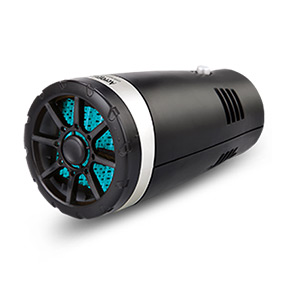gear cables
Understanding Gear Cables The Unsung Hero of Bicycle Performance
When it comes to cycling, a high-performance bike is often the result of many well-engineered components working in harmony. Among these components, gear cables play a crucial, yet frequently overlooked, role. These seemingly simple cables are fundamental to a cyclist's ability to smoothly shift gears and optimize their ride experience. In this article, we will explore the importance of gear cables, how they function, and what to consider when selecting or replacing them.
What are Gear Cables?
Gear cables are thin, steel wires, typically encased in a protective housing, that connect the shifters to the derailleurs on a bicycle. Their primary function is to facilitate the communication between the rider's input on the shifters and the mechanical movements of the derailleurs, which in turn move the chain from one gear to another. The efficiency of this process can significantly influence the bike's performance, especially during demanding rides.
How Gear Cables Work
When a cyclist shifts gears, the shifter pulls or releases the gear cable, which then moves the derailleur. This movement adjusts the position of the chain on the cassette or chainrings, allowing for easier pedaling on inclines or allowing for more speed on flat terrain. Effective gear cables should provide precise and immediate responses to the rider’s actions, contributing to an overall fluid cycling experience.
The Importance of Quality Gear Cables
gear cables

The quality of gear cables can vary significantly based on materials and construction techniques. High-quality cables are typically made from stainless steel or other materials that resist corrosion and wear. These cables often feature smoother surfaces to reduce friction within the housing, allowing for quicker and easier shifts. Investing in quality gear cables can enhance shifting performance, reduce maintenance needs, and ultimately result in a more enjoyable ride.
Signs It’s Time to Replace Your Gear Cables
While gear cables can last a long time, wear and tear are inevitable. Common indicators that it’s time for a replacement include sluggish or unresponsive shifting, frayed cables or housing, and visible corrosion. Regular maintenance checks can help prolong the life of your cables. Additionally, if you are upgrading other components of your bike, such as shifters or derailleurs, it's wise to consider replacing the gear cables at the same time to ensure optimal compatibility and performance.
Choosing the Right Gear Cables
When selecting gear cables, consider factors such as your riding style, the type of bike, and the conditions in which you usually cycle. For example, cyclists who frequently ride in wet or muddy conditions may benefit from cables with better corrosion resistance. It's also essential to choose the correct length and gauge to ensure compatibility with your bike's systems.
Conclusion
In the grand scheme of bicycle components, gear cables might not have the spotlight, but their role is undeniably vital. A well-maintained set of high-quality gear cables can significantly enhance a cyclist's experience, contributing to smooth, responsive gear shifts and overall bike performance. Whether you are a casual rider or a competitive athlete, understanding and taking care of your gear cables is key to ensuring every ride is as enjoyable as possible. So next time you adjust your gears, remember the crucial role that these unsung heroes play in your cycling adventure.
-
Workings of Clutch Pipe and Hose SystemsNewsJun.04,2025
-
The Inner Workings of Hand Brake Cable SystemsNewsJun.04,2025
-
The Secrets of Throttle and Accelerator CablesNewsJun.04,2025
-
The Hidden Lifeline of Your Transmission Gear Shift CablesNewsJun.04,2025
-
Demystifying Gear Cables and Shift LinkagesNewsJun.04,2025
-
Decoding Clutch Line Systems A Comprehensive GuideNewsJun.04,2025
